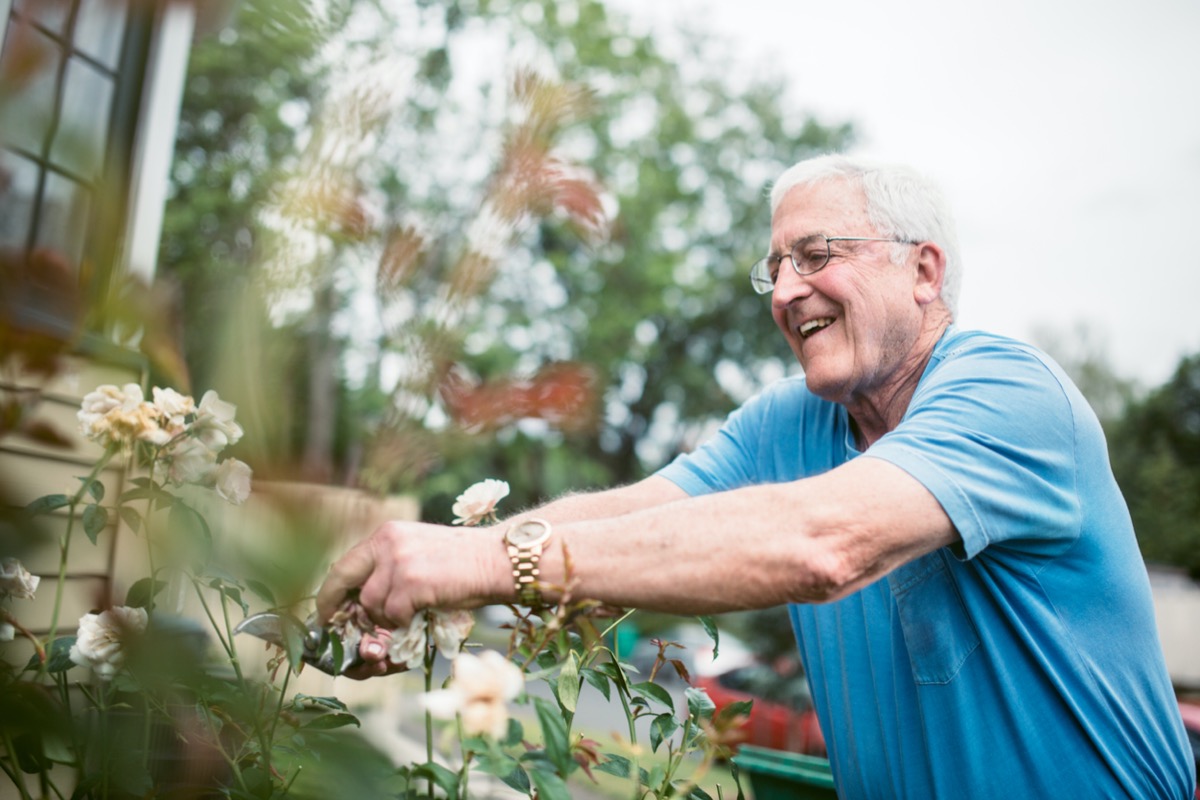

We may earn revenue from the products available on this page and participate in affiliate programs. Learn More ›
Every summer in backyards across the country gardeners are busy planting, watering, and coaxing seedlings into healthy mature plants that produce food and flowers. For some, gardening involves extensive bending, weeding, and repetitive watering, all tasks that can pose problems for mobility-challenged individuals. We consulted gardening and disability experts to get their best advice for making the joy of gardening available to all.
1. An Easy Path to Success
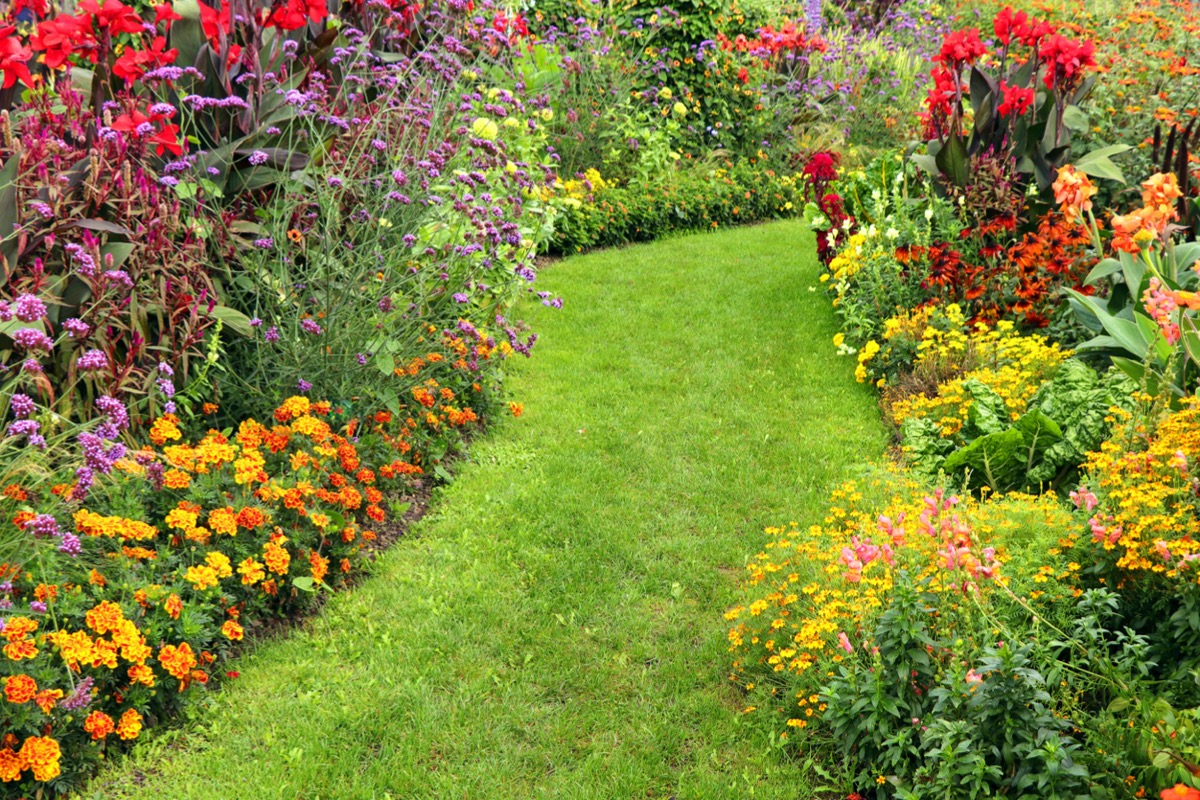
Navigating narrow garden paths with rugged surfaces is a hindrance to those who might need to garden from a wheelchair or use a walker to get around. Elle Meager, Founder and CEO of Outdoor Happens, a website dedicated to gardening, reinforces the need for easy-access pathways. “Start by making sure your garden paths are wide enough,” she says, suggesting a minimum width of 5 to 6 feet. Keep paths clear, and “try to eliminate pebbles, rocks, ice, or other debris that can interrupt mobility,” Meager adds.
2. Elevate the Garden
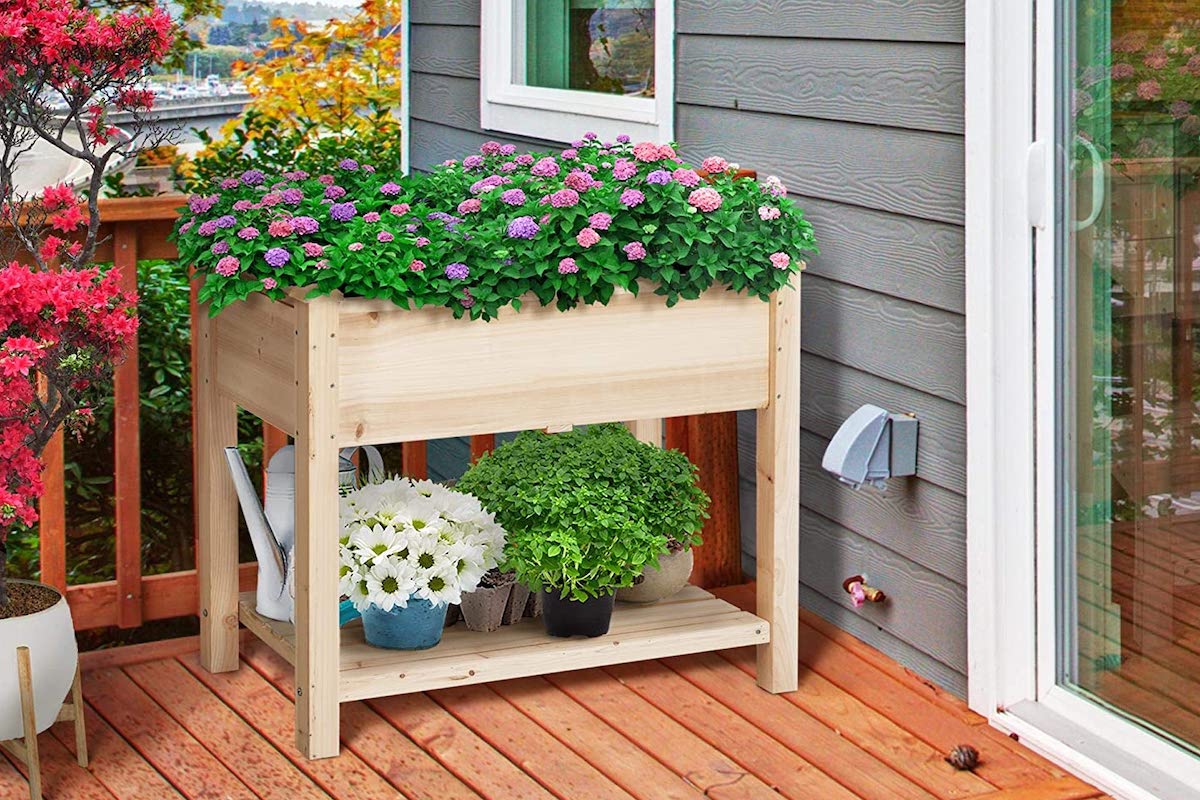
When bending to reach a ground-level garden is out of the question, consider elevating the garden to a comfortable height. Melinda Myers, horticulturist and gardening expert, underwent a double-knee replacement 12 years ago, so she understands the challenges traditional gardening can pose for someone with limited mobility. An elevated bed such as this 2-tiered model from Yaheetech features a 30-inch-high planting bed that gardeners can access standing or from a seat without bending.
3. Limit Garden Bed Width
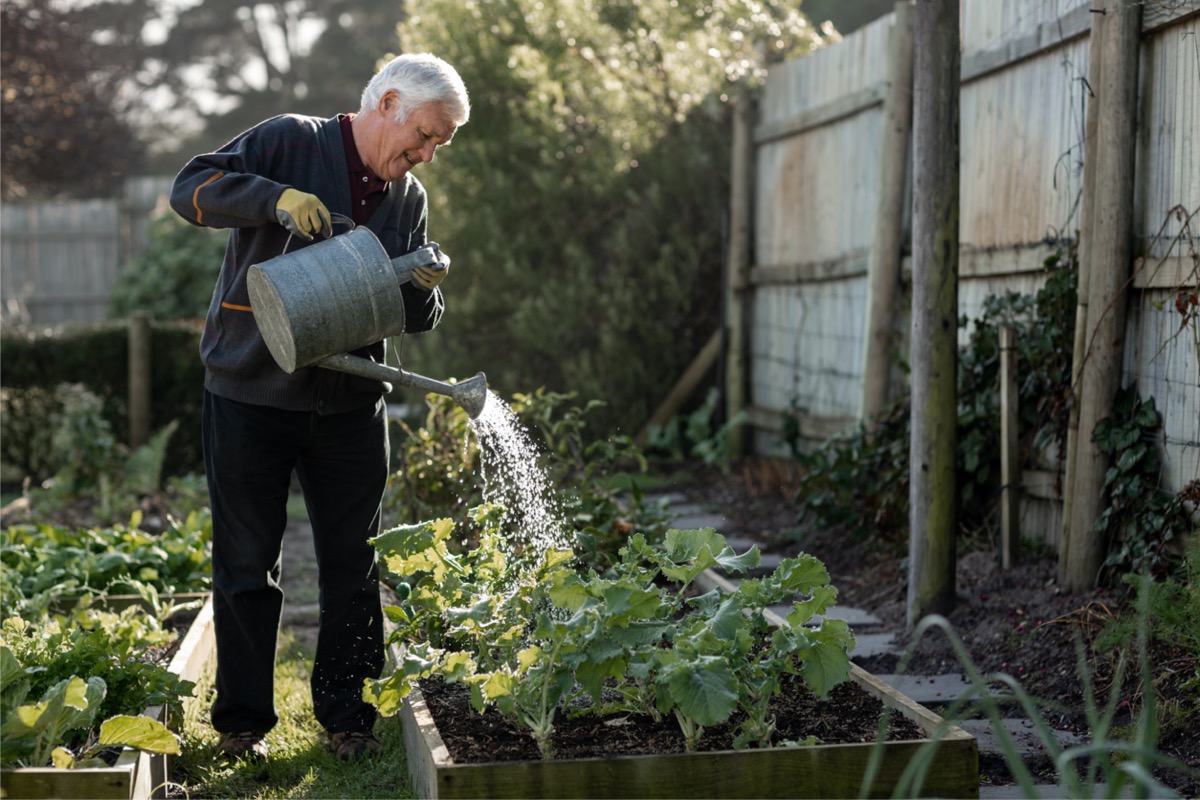
While wide pathways provide easy access, Bryan McKenzie, landscape designer and co-founder of Bumper Crop Times, a website dedicated to gardening, landscaping, and home improvement, recommends keeping garden beds narrow. “This way you will ensure that all the plants in your garden are easily accessible and don’t require you to make any uncomfortable movements,” McKenzie says. He also suggests growing low-maintenance plants that don’t require frequent attention.
4. Use Suitable Garden Tools

Heavy tools and garden utensils with sharp metal handles are obstacles to mobility-friendly gardening. McKenzie advocates using “small watering cans and tools with elongated handles with foam-wrapped grips. They’re an excellent solution for those who need extra reach and lower tension on the joints.” For example, the Ebristar Plastic Watering Can weighs just 9 ounces, and it has a long spout so gardeners don’t have to stretch or reach to keep plants hydrated.
5. Hang a Planter
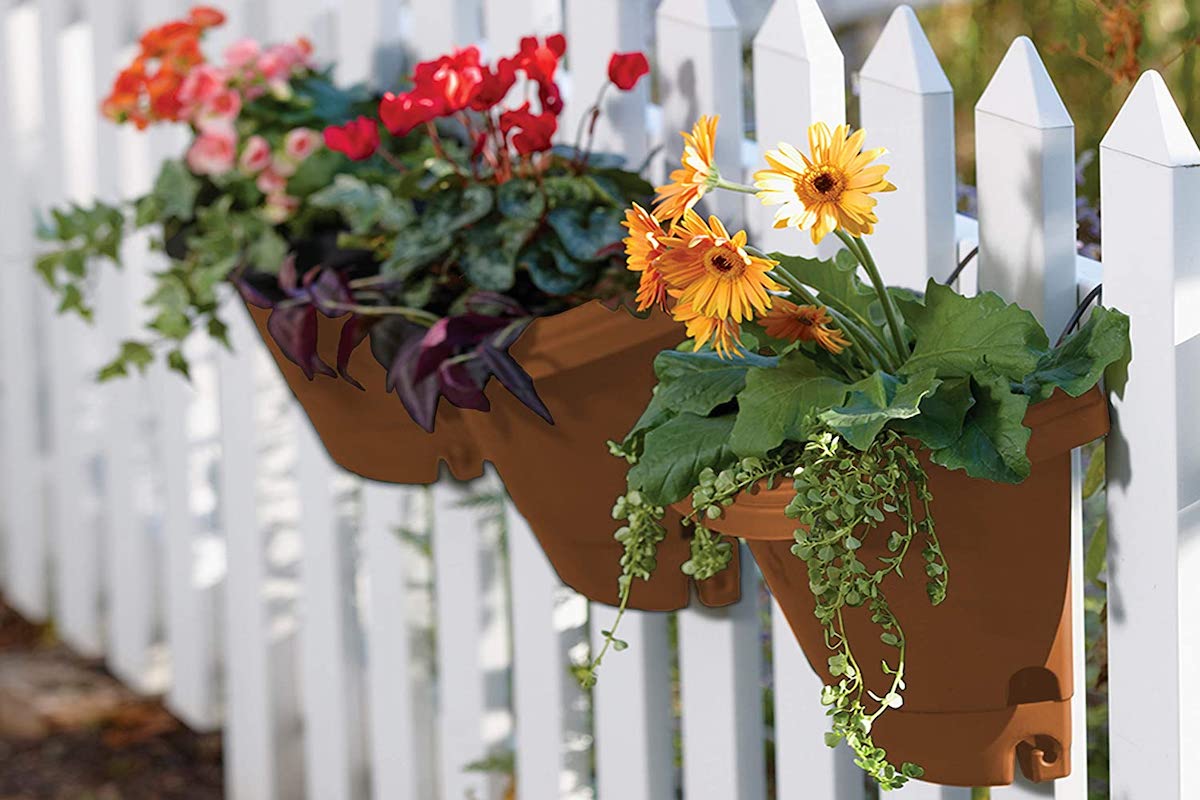
Some of the easiest-to-access plants are grown in hanging planters, Meager told us: “They’re the ultimate easy-access gardening feature because you can hang your planters anywhere with sunlight.” Since hanging planters are up and off the ground, users need not worry about tripping over them or having them block walkways. Hanging planters come in various styles, such as Bloem’s Terra Cotta Hanging Garden, which can hang easily from a fence or rail.
6. Document Gardening Chores

According to Clive Harris, garden guru and creator of DIY Garden, one of the UK’s top gardening blogs, cognitive issues might accompany mobility issues seen in the elderly. “A simple diary with a tick box is an excellent way to keep track of regular garden tasks such as watering, pricking out seedlings—even filling the birdbath,” Harris said. He also recommends getting family members involved in supporting older relatives by helping them set gardening goals.
7. Use Mulch to Weed Less
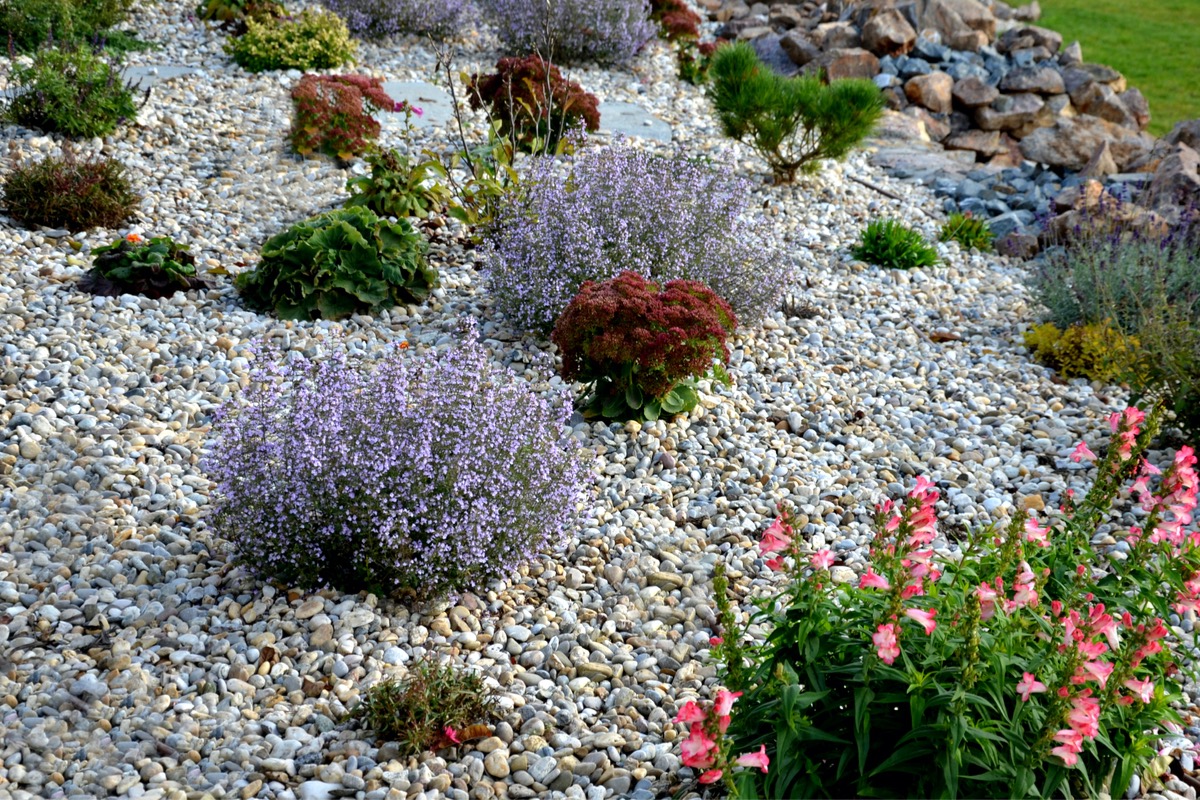
“Pulling weeds is a chore for most homesteaders,” Meager said, “And, for those with limited mobility it seems even more daunting.” To eliminate weeding chores, Meager, who is also a master gardener, recommends using a permanent-type mulch, such as rocks, rubber chips, or pretty pebbles, around shrubs and perennials to stop weeds. She explains that these types of mulches outlast wood and bark mulches. Plus, rubber mulch, such as Rubberific Shredded Mulch, won’t attract insects.
8. Consider an Irrigation System
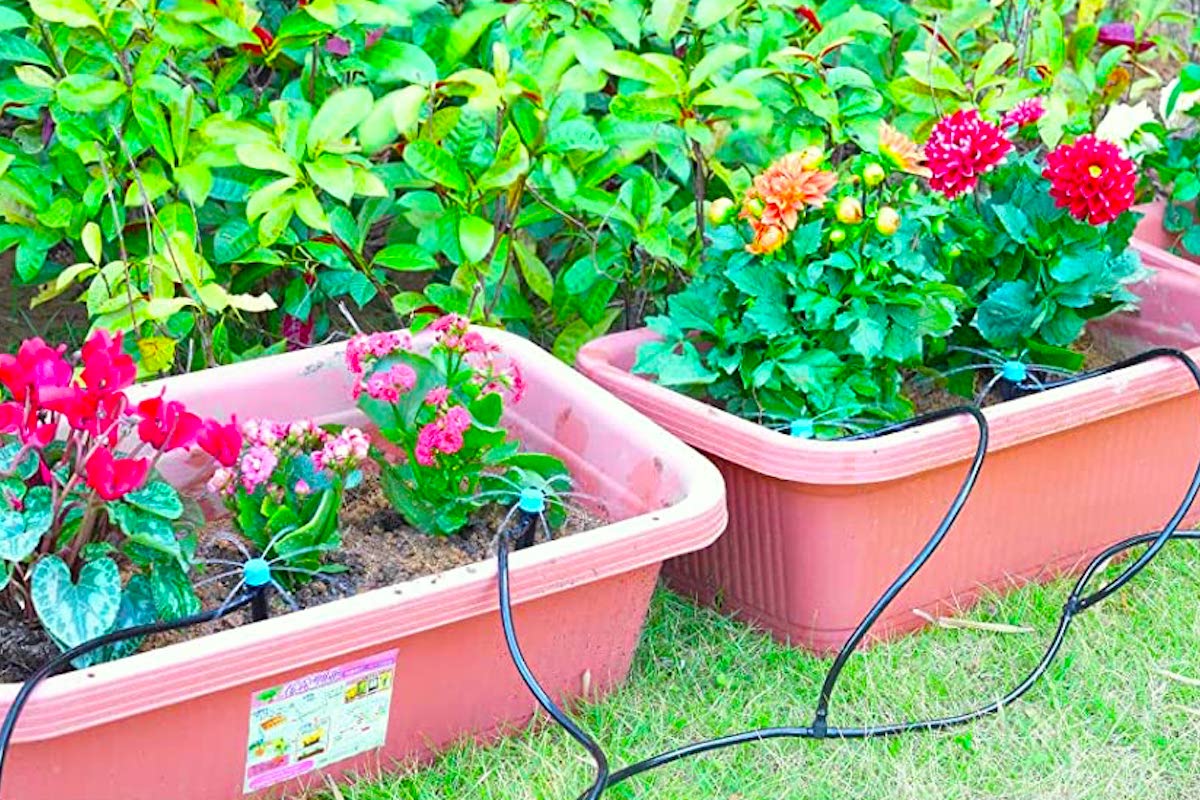
Dragging a hose and sprinkler around is a nonstarter for mobility-challenged gardeners. Garden hoses can weigh upward of 20 pounds, and getting a sprinkler in just the right spot is a practice in trial and error. A better solution is to install a drip irrigation system, such as the HIRALIY Drip Irrigation Kit, which comes with everything needed to set up a drip system that waters large areas of a garden or a series of pots and planters. Once the system is in place, it requires the gardener to simply turn the faucet on. For even more convenience connect an automatic timer, such as the RAINPOINT Sprinkler Timer, to automate the watering process.
9. Opt for a No-Maintenance Lawn
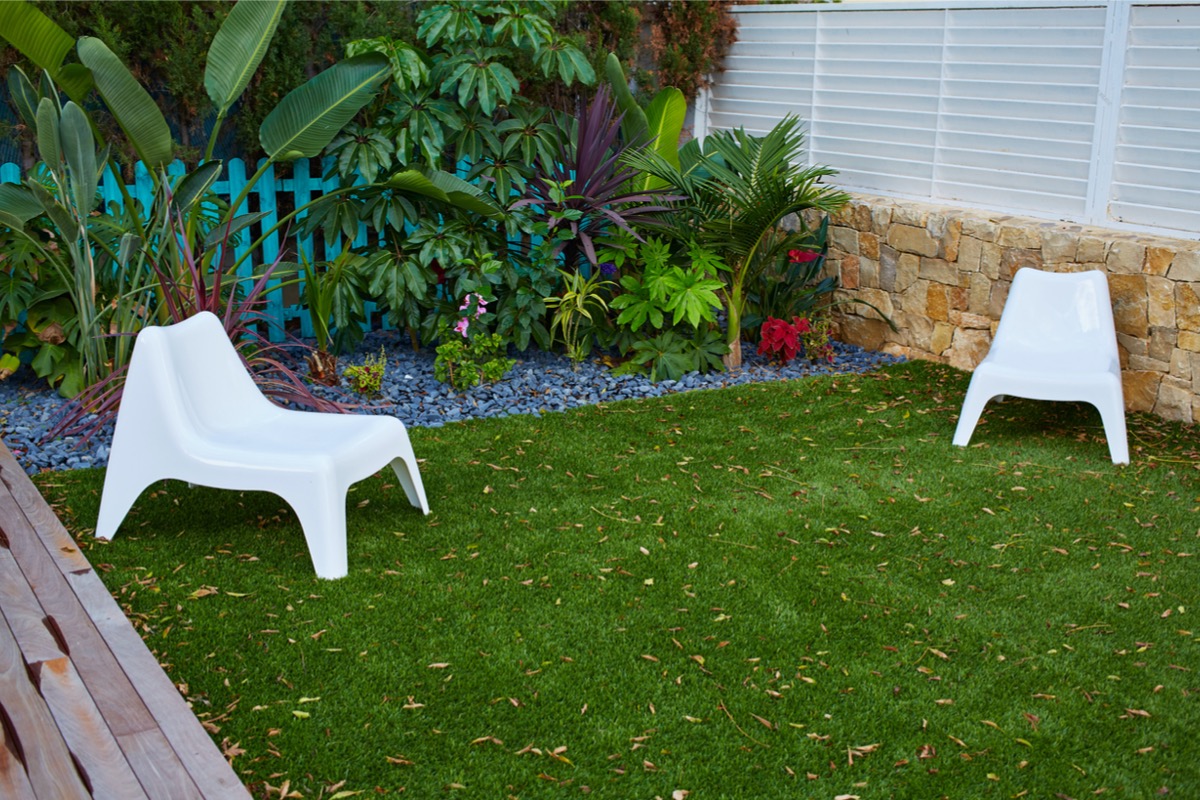
For mobility-challenged gardeners who want it all—beautiful perennial borders and flower beds that enhance the landscape—Ben Hilton, horticultural enthusiast and editor of The Yard and Garden, suggests installing an artificial lawn. “Modern synthetic lawns are ultra-realistic in texture and color,” Hilton said. “You can have a flat lawn with excellent drainage, perfect for wheelchair access.” Today’s top-quality faux turf options remain green all year long without the need for water or chemical applications.
10. Provide Suitable Seating
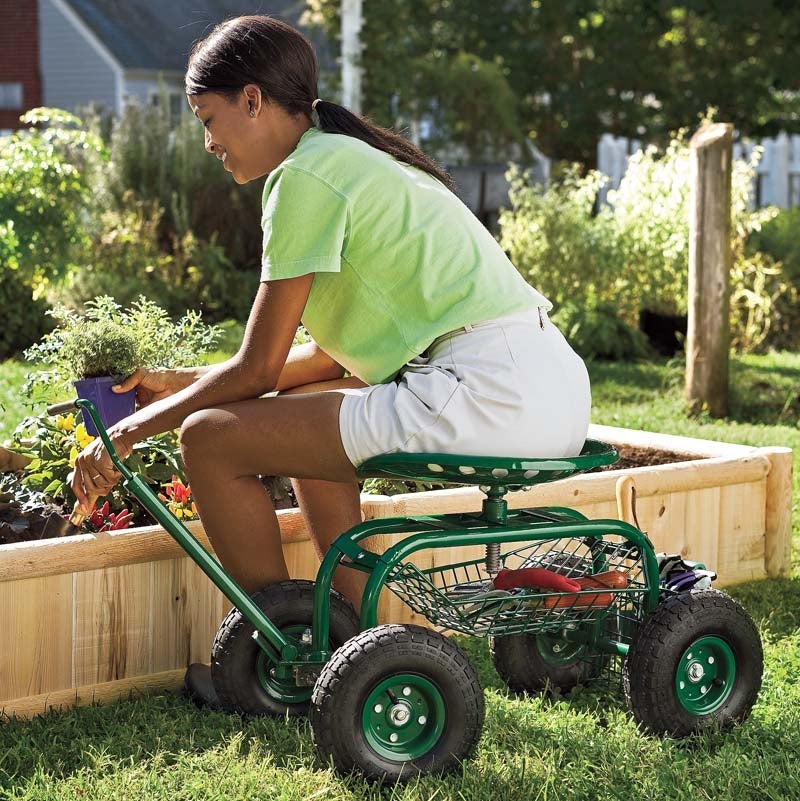
For those who can make their way around the garden but don’t have the ability to bend to perform gardening tasks, comfortable seating is essential. A sturdy rolling seat such as the Green Rolling Scoot-N-Do Garden Seat allows the user to sit on a swiveling tractor-style spot for transplanting and plant pruning. Look for a portable chair that has large wheels that roll easily along garden pathways, and has a tray or catch-all to hold gardening tools and supplies.
